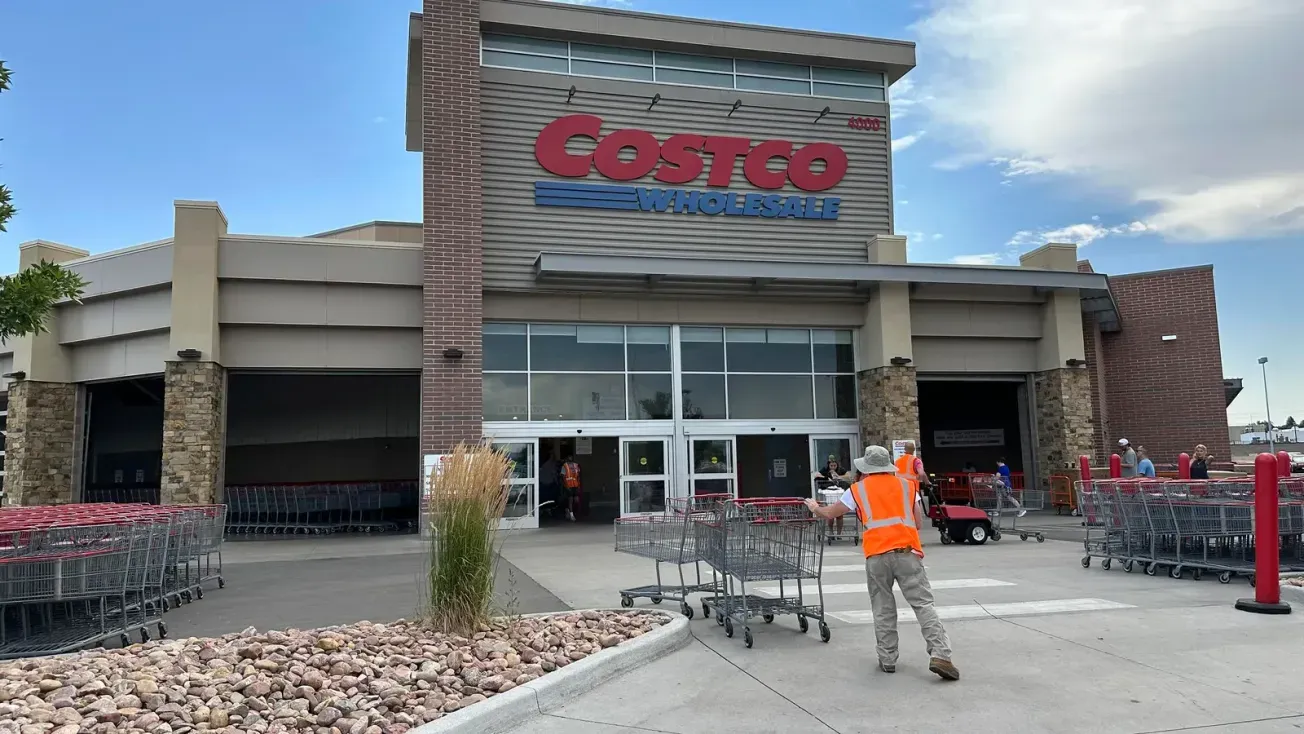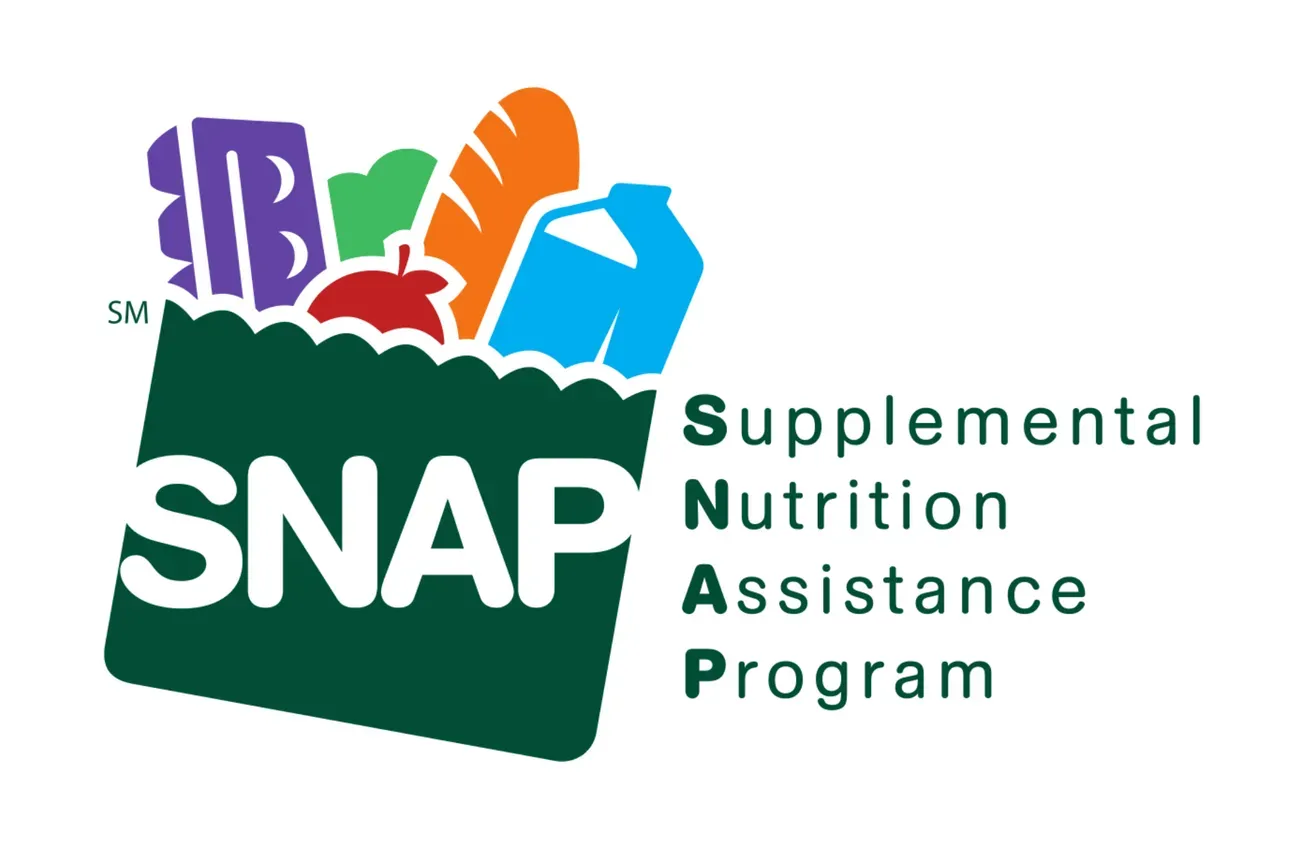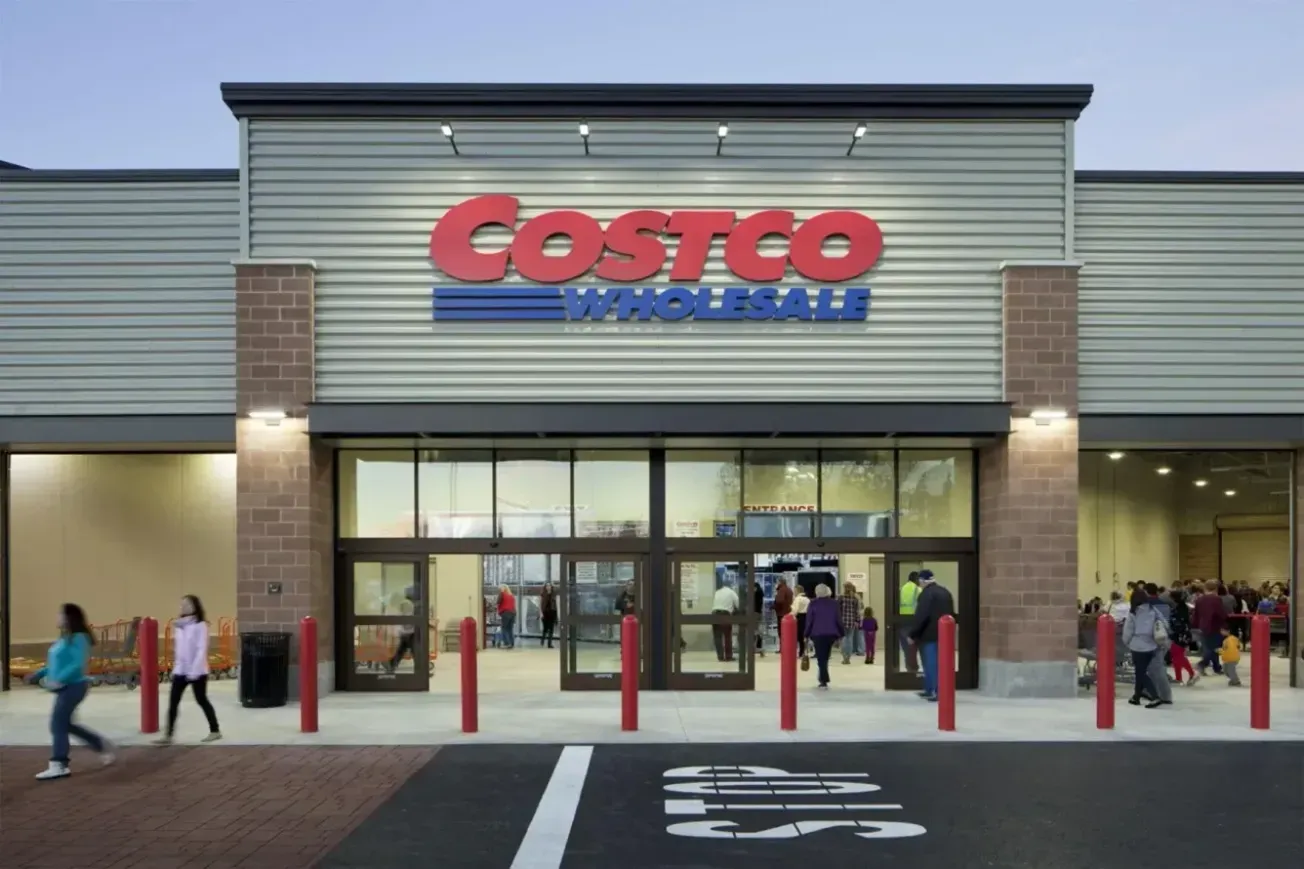NEW YORK — Little has changed in the makeup of the top pharmacy retailers over the past year, but competition is sure to keep intensifying amid the changes being brought by health care reform.
 |
The top 10 players in retail pharmacy remained the same in terms of prescription dollar volume and pharmacy count, according to the 2013 Annual Report of Retail Pharmacy by Chain Drug Review, with Walgreen Co. still at No. 1 in both Rx dollar sales ($45.26 billion) and number of pharmacies (8,081).
Kroger Co. moved up a spot to No. 5 in pharmacy dollar volume ($8.02 billion), edging past this year’s No. 6 Health Mart ($7.6 billion).
And in terms of pharmacy count, Shoppers Drug Mart Corp. climbed to No. 8 (1,295) over this year’s No. 9 Safeway Inc. (1,201) with the latter’s sale of 213 Safeway supermarkets in western Canada, including 199 in-store pharmacies, to Canadian food and drug retailer Sobeys Inc. Before the deal, Sobeys had about 250 pharmacies, including 78 Lawtons Drug stores.
Another more recent deal stands to further alter the playing field. In mid-July, Canada’s largest food retailer, Loblaw Cos., unveiled an agreement to buy Canada’s biggest drug chain, Shoppers Drug Mart, for $12.4 billion (Canadian). Overall, the merged company will have 2,348 stores and 1,797 pharmacies. The transaction is expected to close within six to seven months, the companies said.
TOP 10 PHARMACY RETAILERS
|
1. Walgreens — $45.26 billion* |
2. CVS Caremark — $43.79 billion (retail sales only) |
3. Walmart — $22.50 billion* |
4. Rite Aid — $16.88 billion
|
5. Kroger — $8.02 billion |
6. Health Mart — $7.60 billion*
|
7. Shoppers Drug Mart — $4.87 billion**
|
8. Target — $4.72 billion*
|
9. Safeway — $3.80 billion* |
10. Jean Coutu Group — $2.50 billion*** |
Source: Racher Press research.
|
Outside the top 10, two other companies also have risen in the standings. AB Acquisition LLC, parent of the regional supermarket operator Albertsons LLC saw its pharmacy count escalate from less than 200 to about 780 when in March it closed a $3.3 billion deal to acquire 877 stores from Supervalu Inc.
Alberstons now stands at No. 12 in pharmacy count (780) and at No. 13 in Rx dollar sales (estimated at $2 billion). At the same time, Supervalu has fallen to No. 33 in pharmacies (155) and No. 36 in pharmacy dollar volume ($512 million) as a result of divesting the bulk of its retail pharmacy business. A year ago, Supervalu was No. 12 in pharmacy count (798) and No. 11 in pharmacy sales ($2.35 billion).
The merger of Bi-Lo and Winn-Dixie Stores, too, has created a bigger pharmacy player. The company is now No. 16 in pharmacy count (482) and stands at No. 19 in Rx dollars, with estimated sales of $1.12 billion.
In the chain drug store sector — where the top three players Walgreens, CVS/pharmacy and Rite Aid account for over half of total sales — industry revenue is projected to have grown at an annualized rate of 1.6% to $247.7 billion in the five years to 2013, according to market research firm IBISWorld Inc.
"Prescription drug purchases are less sensitive to changes in consumer income than other products because they are often purchased out of necessity," stated IBISWorld industry analyst Anna Son. In addition, as the economy improved in 2011, declining unemployment and rising personal disposable income nudged up the industry’s pharmaceutical and front-end sales, the researcher said.
TOP 10 PHARMACY RETAILERS
|
1. Walgreens — 8,081 |
2. CVS Caremark — 7,500 |
3. Rite Aid — 4,623 |
4. Walmart — 4,546 |
5. Health Mart — 3,138 |
6. Kroger — 1,948 |
7. Target — 1,653 |
8. Shoppers Drug Mart — 1,295 |
9. Safeway — 1,201 |
10. Kmart — 922 |
This year, the recent flu outbreak further lifted pharmacy trips and same-store sales, contributing to a 2% revenue increase, IBISWorld reported.
Still, strong demand for prescription drugs has spurred external competition for the drug store sector, Son noted. "In response to mounting competition from mail-order retailers and supercenters, industry operators have been emphasizing convenience factors, such as longer store hours and drive-through locations, to lure and maintain customers," she explained.
Among retail pharmacy channels, chain drug stores saw total dispensed prescriptions edge up 0.7% to 2.23 billion in 2012, according to IMS Health. Yet mail service grew by the same percentage (up 0.7% to 263 million dispensed scripts), and food stores’ prescription volume rose 6.2% to 514 million. Independent pharmacies’ script count was virtually flat, dipping 0.2% to 739 million.
IMS Health reported that last year nondiscounted prescription drug spending was down at both chain drug stores (-2.3% to $109.9 billion) and independents (-5.2% to $36.3 billion). That Rx spending was flat at food stores ($21.6 billion) but grew 3% for mail order to $65.7 billion, according to IMS.
For chain drug stores, growth in the popularity of in-store clinics is helping to generate more foot traffic and increase prescription drug and front-end sales, according to IBISWorld. In the five years to 2013, profit is slated to remain flat due to increased negotiating power of third-party payers, which have significantly influenced pricing, the researcher said. In turn, pressure from third-party payers will impact pharmacies’ profitability, though the rising use of higher-margin generic drugs will partially offset this, the research firm noted.
What could change the game for pharmacy retailers of all stripes is coming this fall. Under the Affordable Care Act, state health insurance exchanges — where uninsured and underinsured Americans can shop for coverage — go into effect on Oct. 1, and most Americans will be required to have health insurance by Jan. 1, 2014, or face tax penalties, according to the so-called individual mandate.
An estimated 7 million people will purchase private plans through the exchanges in 2014, according to the Congressional Budget Office, and 9 million will get coverage through broader Medicaid eligibility. The CBO predicts that the number of uninsured Americans will drop from 56 million to 31 million by 2016.
For pharmacy retailers, this will mean a stream of new customers coming into their stores for prescriptions and health services — and walking through the aisles of products in other store departments to get to the pharmacy.
National health care spending is projected to rise nearly 4% in 2013 before a sharper increase of over 7% in 2014, according to the Centers for Medicare & Medicaid Services (CMS). Retail outlet sales of medical products grew 3.5% to $367.4 billion in 2012 and are expected to increase 2.7% to $377.4 billion in 2013 and surge 8.7% to $410.4 billion in 2014.
CMS forecasts prescription drug sales, which represent three-quarters of retail medical product sales, to experience a similar growth trend, edging up just over 2% in 2013 before jumping almost 9% in 2014 and then averaging more than 6% through the end of the decade.
Retail expenditures on other medical products are slated to grow slightly faster than for prescriptions, according to CMS. Durable medical equipment retail sales were up 7.2% in 2012 and stand to advance 5% in 2013 and 6% in 2014. Sales of nondurable medical products through retail outlets, which grew 3.6% in 2012, are projected to increase 2.7% in 2013 and 10.8% in 2014.
"During the five years to 2018, an aging baby boomer generation, further drug developments and health care reform will underpin revenue growth and intensify competition as companies continue to eye the upsurge in prescription drug sales," IBISWorld stated. "While the volume of pharmaceutical sales will likely increase as more people gain coverage under health care reform, the government is expected to initiate cost-cutting measures, which adversely affect profit margins. Industry consolidation is already under way to combat forecast pricing pressures."
*To see the lists of the top 100 pharmacy retailers by prescription sales and by pharmacy count, as well as retailer profiles and industry analysis and trend articles, see the 2013 Annual Report of Retail Pharmacy in the August 5, 2013, print issue of Chain Drug Review.








